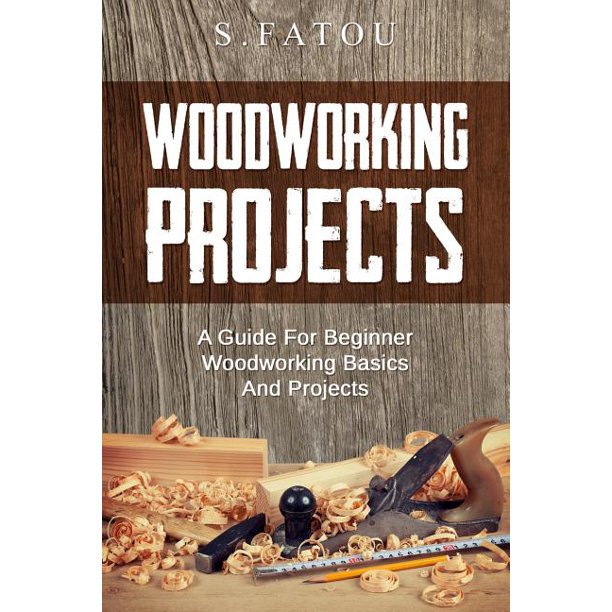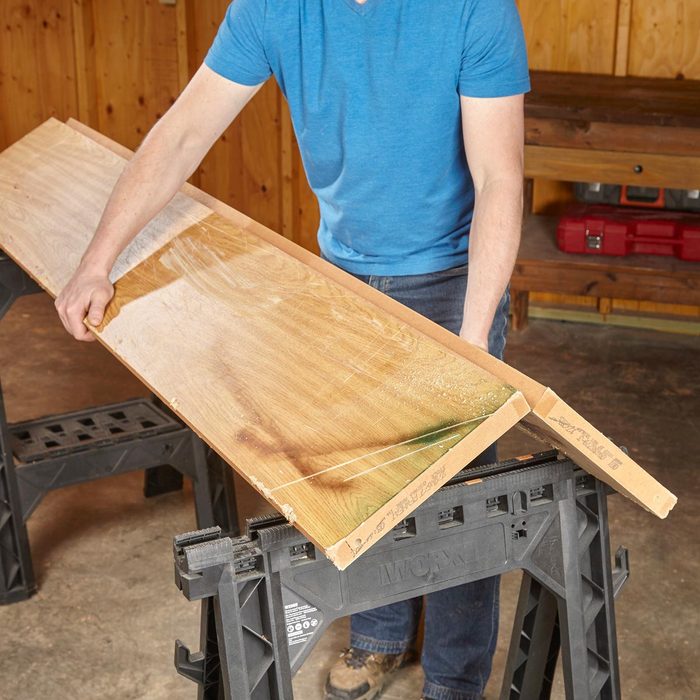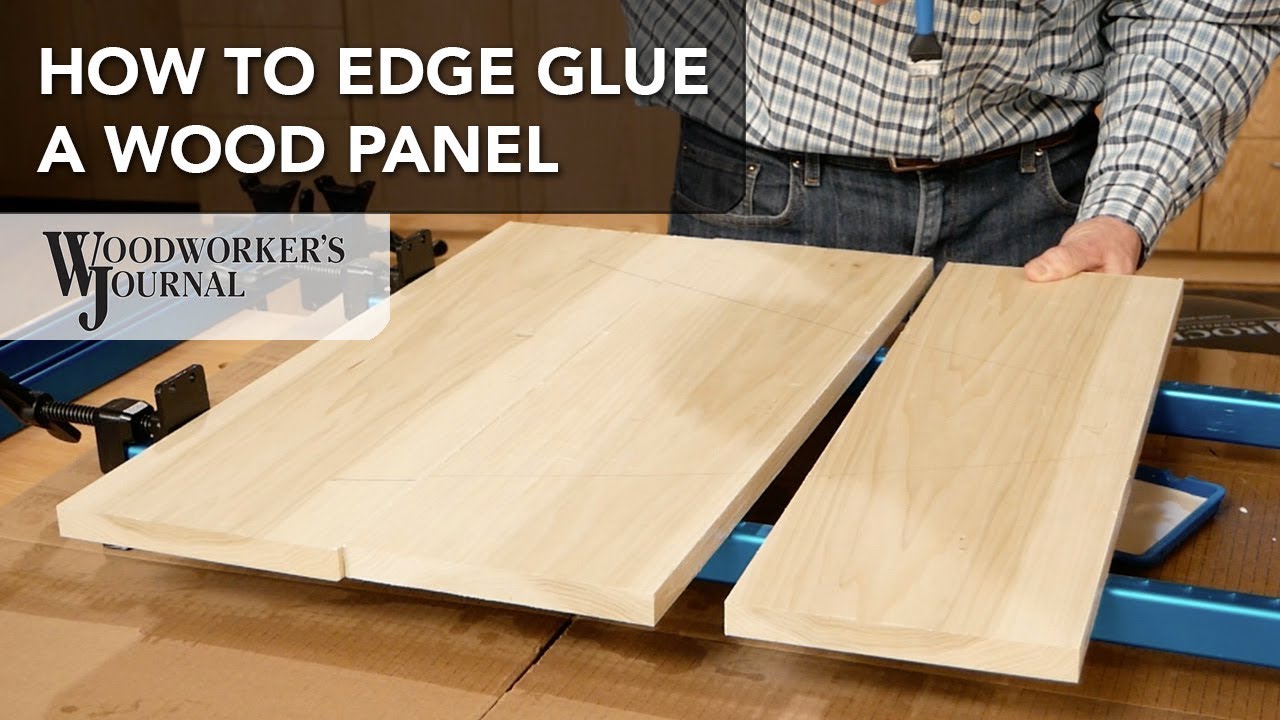
This article will teach you how to attach corners to picture frames. This guide covers miter, half-lap, and bridle joints, and the proper use of a Rockler Precision Miter Gauge. You will then be well on your path to making the most striking frames. You can then check out the following tips and tricks. You'll become a master picture framer in no matter how fast you work!
Miter joints
The miter joint is made from two pieces of wood that have their ends at a 45 degree angle. Because of this angle, the two pieces fit together perfectly when butted together, forming a 90-degree corner. You can make miter joints at different angles to fit picture frames that are not standard. An example of this is a picture frame with eight sides that has eight 45-degree angles. On the other side, a frame with five sides has five 72-degree angles. Two at 36-degrees.

Half-lap joints
There are four types that can join picture frames. These include pocket screws, miter joint, and halflap joints. Half-lap joints, which are strong and can be joined to create a smooth, seamless appearance. The most common type of joint is the miter joint, but you may be able make your own. Regardless of the type of joint you use, you'll want to experiment with the different types to determine which one is best for your frame.
Bridle joints
One option for making a picture frame is to use mitered joints, pocket screws or bridle joint. These joinery methods are both attractive as well as durable. However, they do require trial-and-error to ensure the joints will fit properly. Here are some alternatives:
Rockler Precision Miter Gauge
A Rockler Precision Miter Gage is an essential tool if you intend to cut a picture fram. These handy tools enable you to cut miters perfectly from every angle. This tool can help you create perfect corners everytime and ensure that your box and frames are aligned. Here are some benefits you get from this tool.

Rockler T-Track Frame Clamp
A T-Track Frame Clamp by Rockler is a great tool for joining corners of a picture frame when you are ready to assemble it. To clamp all four corners at once, this clamp utilizes four corner brackets and strong nylon bands. It's easier to verify the squareness of frames because it has raised reference points. It's particularly useful when joining small picture frames such as those for children's toys.
FAQ
Is there a way to start my own woodworking company?
It can be difficult to start your woodworking business. There are many regulations and legal requirements that you will need to comply with. It doesn't mean that you have to go through the entire process of starting a business. Many people opt to join existing businesses instead. You only need to pay membership and tax fees.
What is the average time it takes to finish furniture?
It depends on which wood you choose, how complicated your design is and what amount of finishing you apply. Hardwoods, for example, require more maintenance than softwoods. Hardwoods can also be more costly than softwoods. But they last longer, and resist moisture better. The average time it takes to finish furniture is one week to three weeks.
What tools work best for me?
It helps to reflect on your needs and preferences before you shop for tools. What do you prefer: metal or plastic handles? What size are you most comfortable using for screws and nails? Do you prefer hand tools over power tools?
Do I have to refinish my furniture?
Yes! Yes! There are many methods to refinish antique furniture without hiring a professional. Here are some suggestions:
To remove stains and scratches, use sandpaper. Finally, use a clean cloth or sponge to clean the surface.
Apply clear polyurethane finish. Allow to dry thoroughly before moving furniture.
Acrylic paint can be used to paint furniture.
Instead of using paint, stain is a better choice. Furniture will look richer with the stain.
Apply shellac wax. You can protect your wood with wax and give it shine.
What would be your first step in woodworking?
You can start with softwoods like pine or poplar. These two are the easiest to master, then you can transition to hardwood.
How can I keep my shop organized?
A designated place to store your tools is the first step towards keeping your workshop clean. Your tools will stay sharp and ready to go when they are free from dust and debris. Pegboard hooks can be used to hang tools and accessories.
Can I make my living doing this job?
Yes! In fact, most woodworkers already have it. According to the U.S. Bureau of Labor Statistics in May 2012, the median annual income for woodworkers was $34,000 This is significantly higher than the national average, which is $31,000 per year.
Statistics
- Overall employment of woodworkers is projected to grow 8 percent from 2020 to 2030, about as fast as the average for all occupations. (bls.gov)
- Average lumber prices rose about 600 percent between April 2020 and May 2021. (familyhandyman.com)
- Most woodworkers agree that lumber moisture needs to be under 10% for building furniture. (woodandshop.com)
- Woodworkers on the lower end of that spectrum, the bottom 10% to be exact, make roughly $24,000 a year, while the top 10% makes $108,000. (zippia.com)
External Links
How To
How to join wood with no nails
Many people love woodworking. Woodworking is a relaxing hobby that allows you to use your hands to create useful things from wood. Sometimes you may want to join two pieces together of wood without using nails. This article will demonstrate how to do so to preserve the beauty of your woodwork.
You will first need to trim the edges of your wood pieces before joining them. Sharp corners can cause problems down the line. Once you've done this, you're ready to start gluing your boards together.
If you're working with hardwood, you should only apply glue to one side. If you are using softwoods such pine or cedar, glue should only be applied to one side. Once the glue has dried, press the boards together until they are fully adhered. Make sure you let the glue dry before moving on to the next step.
After you have glued the boards together, drill holes in the joints where you intend to place screws. Depending on the type of screw that you use, the size of these holes will vary. For example, if you're going to use a 1/2-inch wood screw, then you should drill a hole that is at least 3/4 inches deep.
Once you've drilled your holes, you'll want to drive the screws through the joint and into the backside of the board. Do not hit the boards' front surfaces. It will ruin the finish. Avoid hitting the screws' ends too often when driving screws. This will avoid splitting in the wood's ends grain.
You'll need to protect your completed project from the elements. To do this, you can seal the entire furniture piece or just cover the top. Either way, you'll want to use a product that will last for years to come. There are many options: oil-based varnishes; polyurethane; shellac; lacquer.
These products can generally be found in any home improvement shop. Make sure you get the right product for your job. Some finishes are toxic and should not ever be used indoors. Always wear protective gear when handling any of these finishes.